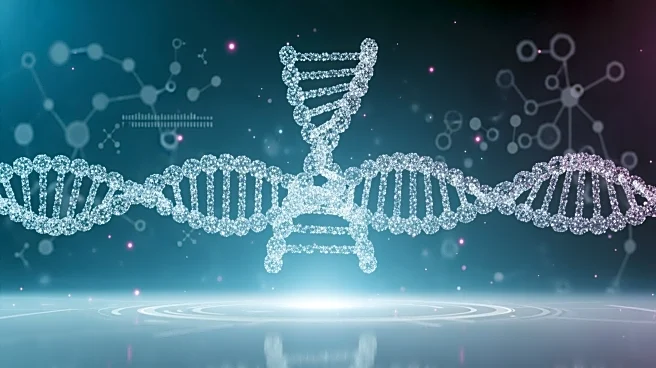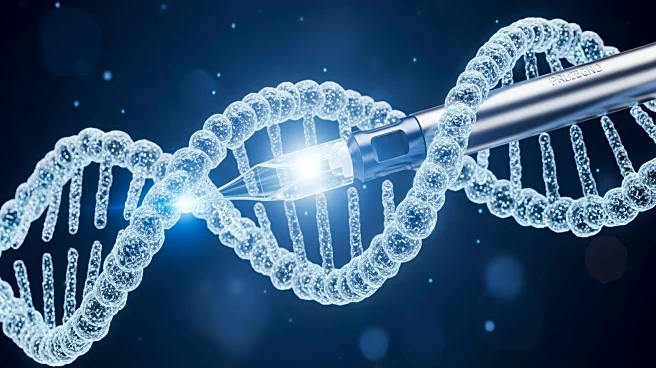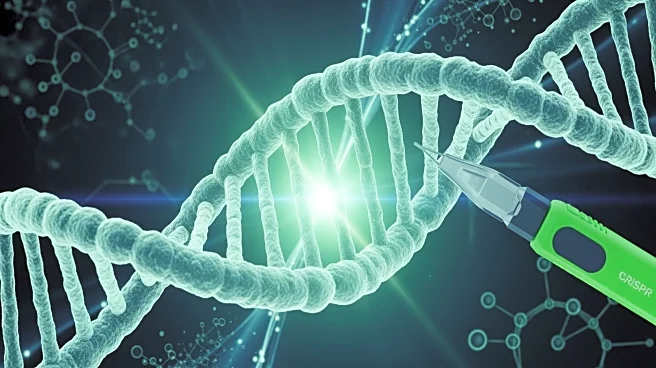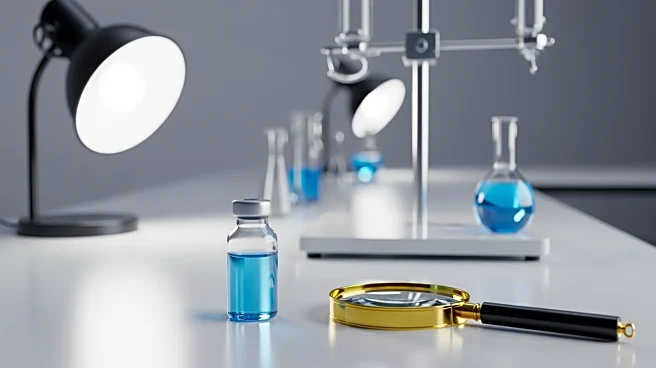What's Happening?
Researchers at Tel Aviv University have developed a groundbreaking gene therapy using self-complementary adeno-associated viral (AAV) vectors to treat hearing and balance disabilities. This approach involves replacing native DNA in viral vectors with
functional gene sequences to restore normal function. The therapy aims to reduce dose requirements, minimize toxicity, and broaden clinical use for inner-ear treatments, offering hope for individuals with hearing impairments.
Why It's Important?
The development of this gene therapy represents a significant advancement in treating hearing loss, a condition affecting millions worldwide. By utilizing self-complementary AAVs, the therapy could offer a safer and more effective treatment option, potentially improving the quality of life for those with hearing and balance disorders. This innovation may pave the way for further research and development in gene therapies for other sensory impairments.
What's Next?
Further clinical trials and studies are expected to assess the efficacy and safety of the gene therapy in humans. Researchers will likely explore the potential applications of this technology in treating other genetic disorders. Collaboration with pharmaceutical companies could accelerate the development and commercialization of the therapy, making it accessible to patients globally.
Beyond the Headlines
The use of viral vectors in gene therapy raises ethical and safety considerations, particularly regarding long-term effects and potential off-target impacts. The success of this therapy could influence regulatory policies and funding priorities in genetic research, highlighting the need for robust ethical frameworks in biotechnology.













